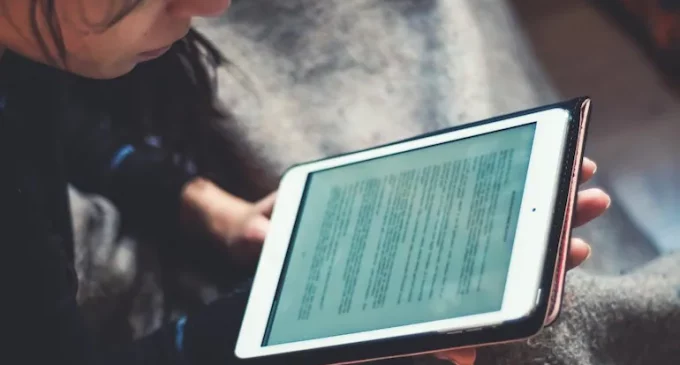In India, 60% of students do not have access to the internet, according to a report.

According to a study conducted by the Azim Premji Foundation, nearly 60% of Indian schoolchildren do not have access to online learning opportunities.
According to experts, the digital divide has posed challenges in remote teaching and learning for over a year and a half since the Covid pandemic broke out in India. When the pandemic forced the closure of schools and colleges, teaching and learning activities had to move online. While technology has kept learning alive, the digital divide continues to make remote learning an ‘operational nightmare.’
60% of students are unable to access online learning.
According to a study conducted by the Azim Premji Foundation, nearly 60% of Indian schoolchildren do not have access to online learning opportunities. According to a similar study conducted by Oxfam India, even among students of urban private schools, half of the parents reported problems with Internet signal and speed. A third was concerned about the high cost of mobile data.
According to a new national sample survey conducted by ICRIER and LIRNE Asia, a think tank focused on digital policy, only 20% of school-age children in India had access to remote education during the pandemic, with only half participating in live online lessons.
During Covid, the school dropout rate was high.
In fact, Covid-19 caused at least one child to drop out of school in 38% of households. “During the pandemic, digital schooling was the only logical way for children to continue learning. However, regardless of whether traditional schooling or digital education is the primary path forward, there is now a need to categorically address some critical issues to build a more resilient system for the future “Amruta Singh, an education expert specializing in K12 education, agreed.
According to Sangeeta Gadre, a Delhi University professor, the digital divide affects both the teacher and the student during the academic transaction. “While advancing the cause of digitalization, these challenges must be accounted for. We also need to be cognizant of the fact that women are proportionately more disadvantaged when it comes to the usage of digital devices,” Ms. Gadre said.
Technology’s Relevance
Urvashi Sahni, a Brookings Institution fellow at the Center for Universal Education, stated, “Technology has the potential to improve learning outcomes and achieve universal quality education. However, to fully realize its potential, the digital divide, as well as the underlying gender divide, must be addressed.”
“In the information age, having access to technology and the Internet is a must. It shouldn’t be considered a luxury any longer “she stated
According to an Ambedkar University professor, “Remote learning remains a logistical nightmare due to the digital divide. It’s still a challenge over a year into the pandemic, and it can’t replace traditional classroom learning.”







